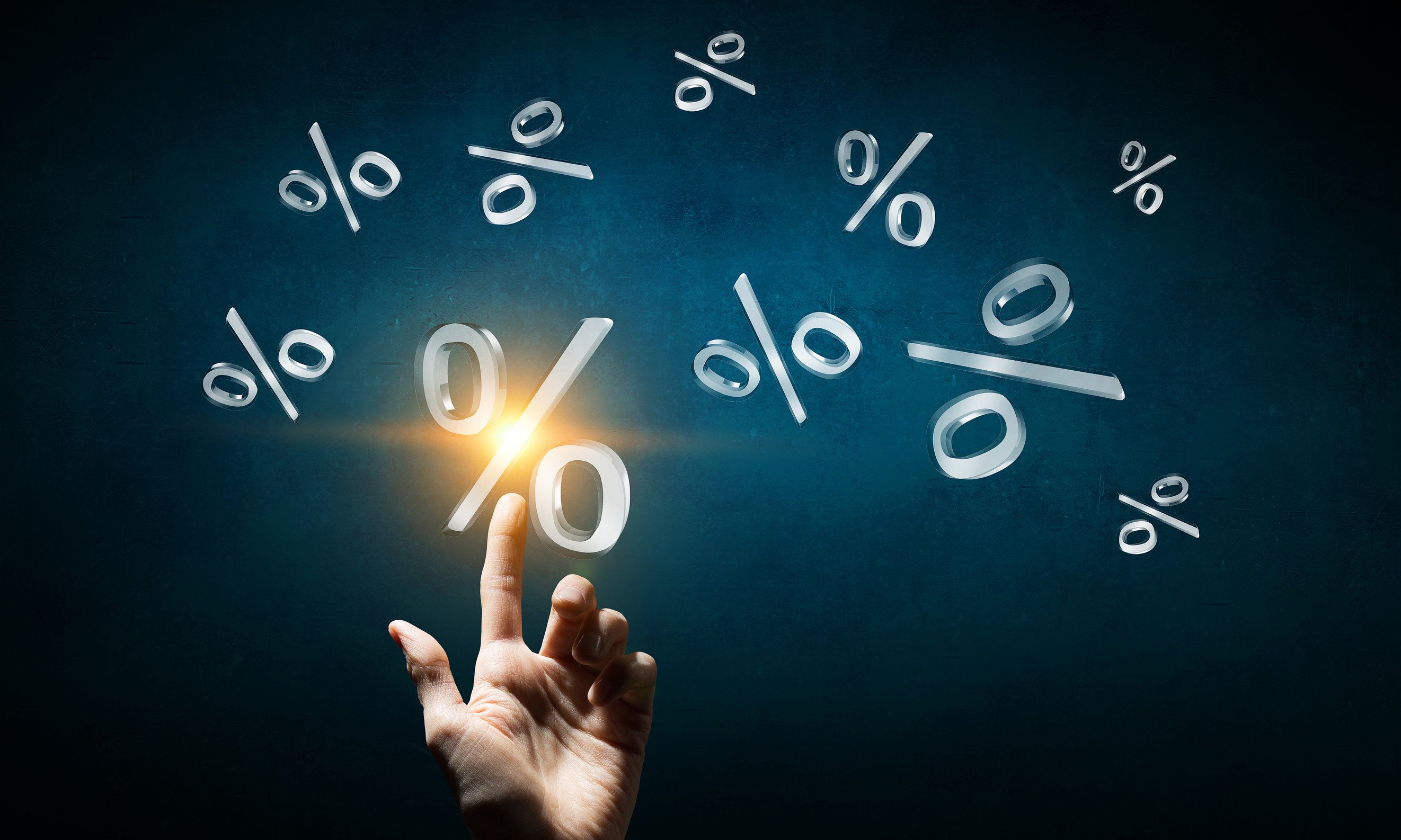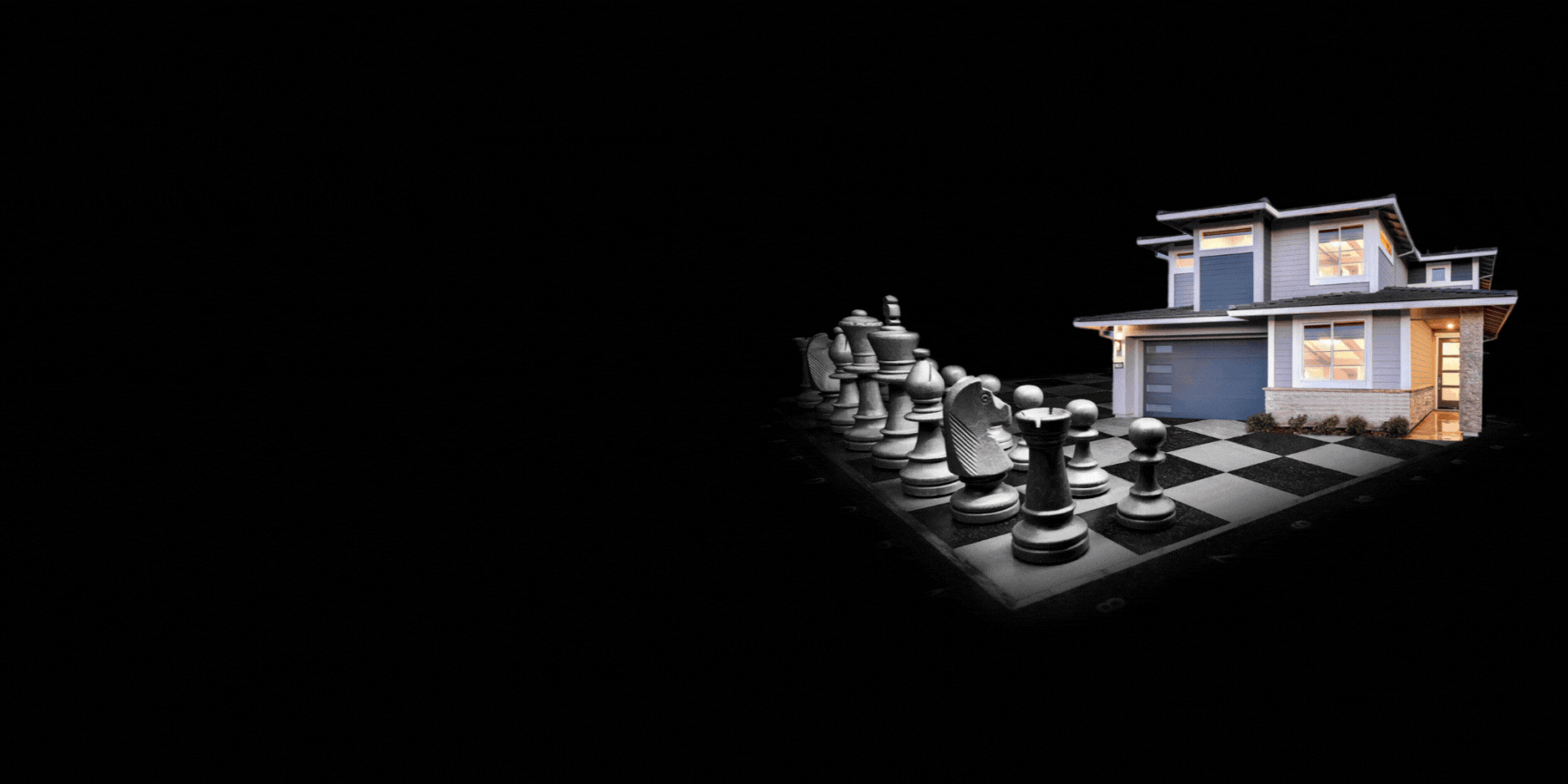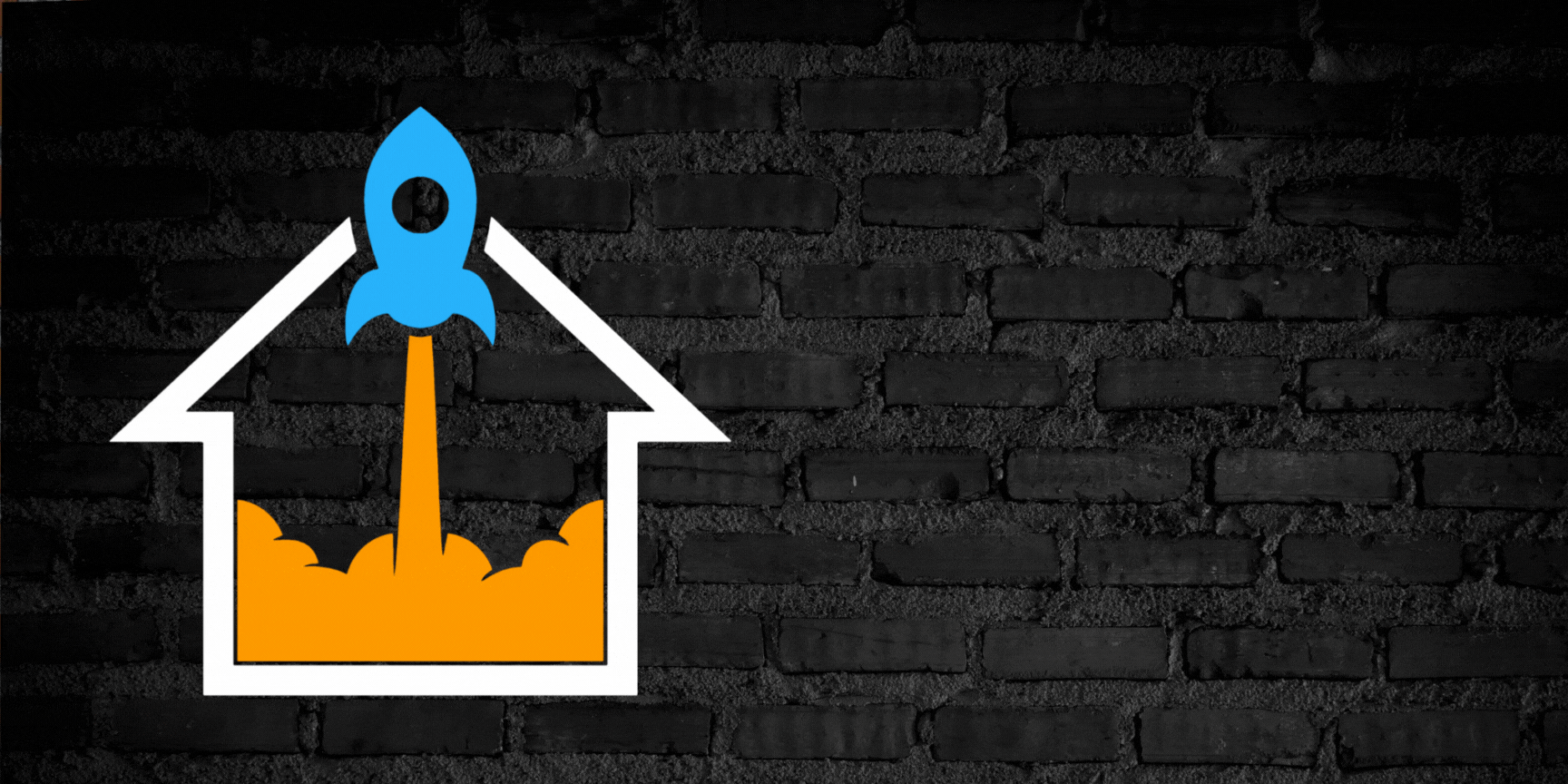Selling a home in the Bay Area can be an emotional and stressful process, especially when a property stays on the market longer than expected. Many sellers go into the process believing they have priced their home competitively—sometimes even below what they think it’s worth—expecting to generate strong interest, multiple offers, and possibly even a bidding war. But when showings are few and offers don’t come, or worse, when the offers that do arrive are lower than expected, doubt begins to creep in. A question that often arises is doe a low price reduce the perceived value of their home.
Many sellers wonder whether raising the price might actually improve the situation. After all, would a higher price not signal greater value to buyers? Would it attract more attention or generate stronger offers?
It seems to me that this is a wholly counterintuitive idea, because fundamental economics suggests that raising prices shrinks, rather than augments, the buyer pool. Nevertheless, this is a notion that many home sellers seriously consider when their “low priced” home is not garnering the anticipated response from the market. They start to wonder if buyers perceive their home as a “bargain bin” listing and assume something must be wrong with it. There is a belief that increasing the price might signal quality and draw in a different set of buyers—perhaps those who would be more serious or willing to make a better offer. Sellers may also hope that raising the price would improve their home’s visibility online, making it appear in more search results and drawing more interest.
The reality, however, is much more nuanced. While pricing strategy plays a huge role in a home’s market success, simply raising the price is not usually the answer when a property is struggling to attract buyers. In fact, increasing the price will in most cases make the situation significantly worse. To understand why, it is important to examine how buyers perceive price, how they search for homes, and what factors truly drive showings and offers.
The Relationship Between Price and Buyer Interest
Many people would assume that a lower price should automatically result in more interest. The logic is simple: the lower the price, the better the deal, and the more buyers should want it. However, I admit this assumption gives short shrift to a fundamental concept in sales—perceived value.
Buyers do not just look at a home’s price in isolation. They compare it to other homes available in the same price range, the same neighborhood, and even in similar markets nearby. If a home appears significantly cheaper than comparable properties, instead of seeing it as a great deal, many buyers may assume something is wrong with it. They may suspect hidden defects, some “gotcha” with the location, or worse. A home that is significantly underpriced can sometimes deter buyers instead of attracting them, because people often assume that price is an indication quality.
Another reason a lower-than-expected price may not generate strong interest is that buyers do not shop for homes the same way they shop for consumer goods. A discount on a new phone or a sale at a department store creates urgency because people know they are getting a deal on a standardized product. But real estate is different. Every home is unique, and buyers are not always looking for the cheapest option; they are looking for a home that fits their needs and lifestyle at a price they can afford. And no home is standard in the way that a mass-produced widget is.
Does a Lower Price Cause Lower Perceived Value?
The question of perceived value being negatively influenced by a low list price depends on market conditions, property type, and overall selling strategy. If the goal is to maximize profit and attract serious buyers, perceived value plays a bigger role – because value is what buyers are paying for, regardless of list price. Buyers are more willing to pay top dollar for a home they see as desirable, well-maintained, and special in some way. This means the home’s marketing should emphasize key selling points like superior condition, upgraded features, good school districts, and lifestyle benefits. Strong curb appeal and strategic pricing, such as listing at psychologically significant numbers (see below), can also contribute to higher perceived value.
On the other hand, pricing a home lower can be an effective way to attract more interest, particularly in a hot seller’s market where demand is high and inventory is low. A lower list price creates urgency, bringing in multiple buyers and increasing the chances of a bidding war. This approach is especially effective for entry-level homes, properties in highly competitive neighborhoods, and highly desirable homes that naturally stand out. When bidding wars are common, this strategy can drive the final sale price well above the initial list price.
So what’s better: focus on maximizing a home’s perceived value, or setting an aggressively low price to foment a bidding war? Ultimately, I find that the best approach is to take steps to maximize the buyer’s perception of value while also setting the price low enough to quickly attract multiple competing offers.
While I am sensitive to the concern of diminished perceived value, the fact is that in the Bay Area, supply is generally so constrained and demand is so strong that the benefit of underpricing to juice demand far outweighs the risk of any decrease in perceived value.
Why Isn’t a “Low Price” Generating More Offers?
If a home is priced lower than comparable properties but still fails to attract strong offers, the issue may not actually be the price itself. Instead, the real issue could be how the home is positioned relative to its competition.
One major factor is the way buyers search for homes. Most buyers set price filters when browsing listings online, often in increments of $25,000, $50,000 or $100,000. If a home is priced at $895,000 instead of $900,000, it may not even appear in the searches of buyers who have set their filters at $900,000 to $1,300,000. Even though the $895,000 price tag might seem like a better deal, it is missing exposure to a key segment of buyers.
Additionally, buyers do not simply look at price; they look at overall value. If a home is listed at a lower price but does not compare favorably to others in the same range, buyers will skip it in favor of properties that offer more perceived value. A home that lacks modern updates, has an awkward layout, or appears unflattering in the online photography may struggle to attract attention even if it is priced lower than the competition. If this is the case, I would argue the problem isn’t that the property is priced to low; rather, it isn’t priced low enough given the home’s characteristics.
Another issue is that when a home sits on the market for too long, buyers begin to wonder why. A property that has been available for weeks or months without selling starts to develop a stigma. Buyers may assume that other people have seen it and passed on it for a reason. If the home was already perceived as underpriced, this perception of rejection may only reinforces doubts. Instead of seeing an opportunity, buyers may assume that the home will continue to sit unsold and that the seller will be forced to reduce the price further. This dynamic can lead to even lower offers, making it difficult for sellers to achieve their original pricing goals.
Would Raising the Price Help?
Given these challenges, some sellers believe that raising the price might create a different perception among buyers. The theory is that a higher price might signal that the home is more valuable, attracting a different type of buyer and generating renewed interest. However, in most cases, simply increasing the price is not a solution.
One reason is that raising the price does not change the underlying issues that caused the home to struggle in the first place. If the price is apparently low, and the home is not receiving showings or strong offers, the problem likely lies in its positioning, marketing, or features relative to other homes on the market. Increasing the price does not fix an outdated kitchen, improve the home’s curb appeal, or make bad listing photos more appealing.
However, there are some situations where raising the price slightly could be beneficial. If the home is priced just below a common search threshold, increasing it to the next price bracket might expose it to a new set of buyers. For example, if a home is listed at $895,000, moving it to $900,000 might make it visible to buyers searching in the $900,000 to $1,000,000 range. This strategy can work, but only if the home is truly competitive with others in that range. If the property does not compare favorably, buyers in the higher price bracket will still overlook it, and the price increase will have done nothing but reduce interest from those looking in the original price range.
What to Do Instead of Raising the Price
Rather than increasing the price, a more effective approach is to reassess the home’s overall positioning. The first step is to evaluate the presentation of the listing. Carefully curated high-quality professional photography, virtual staging, and an engaging listing description can make a difference in attracting buyers. Some homes fail to generate interest not because they are priced incorrectly, but because they are not marketed effectively.
Another important consideration is how the home compares to competing listings. If similar homes in the same price range have more modern finishes, better layouts, or superior locations, it may be necessary to make minor improvements to enhance perceived value. Simple updates like fresh paint, updated lighting, or improved landscaping can help a home stand out in some cases.
Pricing strategy should also be carefully reviewed. If a home is not selling, it may be beneficial to make a targeted price adjustment rather than simply raising the price. If priced at $905,000, reducing it slightly to $899,000 might place it in more buyer searches without appearing desperate. One decisive price reduction is usually more effective than multiple small reductions over time, as frequent price changes can signal weakness to buyers.
Another option is to offer buyer incentives instead of raising the price. Sellers can offer closing cost assistance, a mortgage rate buydown, or include high-value items such as appliances or home warranties. These incentives can make the home more attractive without altering the price itself.
Psychologically Significant Numbers
Psychologically significant numbers are numbers that influence how people perceive value, pricing, and decision-making. In real estate, strategic pricing using these numbers can, in some cases, shape buyers’ perceptions, create a sense of value, and drive action. Here are key types of psychologically significant numbers and how they apply to real estate:
1. Just-Below Pricing ($499,000 instead of $500,000)
- This pricing technique makes a home feel cheaper than it actually is, even though the difference is minimal.
- Buyers tend to focus on the first digits rather than rounding up, making $499,000 feel significantly less than $500,000.
- Best Used For: Entry-level homes, competitive markets, or price-sensitive buyers.
2. Rounded Numbers ($500,000 instead of $499,999)
- Some research suggests that whole, rounded numbers feel more trustworthy and high-value than just-below pricing.
- Buyers may associate rounded pricing with premium quality or less room for negotiation.
- Best Used For: Luxury properties or when aiming for a perception of quality over bargain pricing.
3. Prestige Pricing ($1,500,000 instead of $1,499,999)
- Pricing in rounded numbers like $1,500,000 can signal exclusivity, prestige, and confidence, which can be effective in the luxury market.
- Wealthier buyers are less influenced by just-below pricing tricks and more responsive to perceived value and status.
- Best Used For: High-end homes where exclusivity matters.
4. Repeating & “Lucky” Numbers ($888,000)
- In certain cultures, specific numbers have psychological or cultural significance.
- In Chinese culture, the number 8 symbolizes prosperity and wealth, making $888,000 a desirable price point.
- Conversely, the number 4 is often avoided in some Asian markets because it sounds like the word for “death” in Mandarin and Cantonese.
- Best Used For: Marketing to international or culturally specific buyer demographics.
5. Charm Pricing (Using 7s & 9s, e.g., $497,000)
- Retail psychology shows that numbers ending in 7 or 9 (e.g., $497K, $997K) feel more like a deal.
- This pricing suggests a discount without being drastically low, which can work well for properties positioned as good deals.
- Best Used For: Homes priced aggressively in a competitive market.
Which Pricing Strategy Works Best?
I am a big believer in what I call “bridge pricing.” Buyers are known to search in ranges of prices. The ranges of prices they search in varies from place to place, but it works something like this:
Over a certain price point – say, $1,000,000 – buyers will always search in $100,000 increments. Buyers will begin and end their searches on one of those increments. For example, buyers may search for homes between $0 and $1,000,000 – but they rarely search between $0 and $999,999.
Other buyers may set $1,000,000 as the low point, feeling that anything under $1M is just not worth their time. These buyers might search between $1,000,000 and $1,500,000. Utilizing bridge pricing means that pricing a $1,000,000 home at exactly $1,000,000 is better than pricing it at $999,999 because at $999,999 you miss those buyers who are searching from $1,000,000 and up.
Pricing a home at $1,025,000 is insane; just as pricing it at $505,000 is a bad idea. My strong suggestion is to always price a home at a point where a buyer may begin or end their search to maximize exposure on the MLS.
Research on Perceived Value and Pricing
There is substantial research on the impact of perceived value on pricing. Studies from behavioral economics, psychology, and marketing consistently show that perceived value influences consumer willingness to pay, price sensitivity, and purchase decisions. Here are some key findings:
1. Perceived Value Drives Willingness to Pay
Consumers are often willing to pay more for a product if they perceive it as more valuable, even when the actual production cost is identical to that of a lower-priced competitor. Research supports this psychological pricing effect; for example, a 2020 study published in the Journal of Consumer Research found that customers frequently associate higher prices with better quality, especially in industries where quality is difficult to evaluate, such as luxury goods, services, or new technology. This perception can drive purchasing decisions, reinforcing the idea that price itself can serve as a quality signal.
2. Value Perception Can Be More Important Than Price
A 2019 study published in Marketing Science found that customers do not always opt for the lowest price but rather the product with the best-perceived value, which encompasses factors such as brand trust, reputation, and added benefits. This concept is evident in the smartphone market, where Apple iPhones consistently command higher prices despite competitors offering similar or even superior hardware. Consumers justify the premium due to Apple’s perceived superior ecosystem, status, and reliability, demonstrating that perceived value often outweighs objective specifications in purchasing decisions.
3. Framing & Context Affect Perceived Value
A 2012 study published in the Journal of Retailing demonstrated that price anchoring—displaying a higher original price alongside a discounted price—can significantly increase perceived value and lead to higher conversion rates. This strategy leverages consumers’ tendency to compare prices relative to a reference point rather than evaluating them in isolation. For example, a bottle of wine labeled as “normally $100, now $50” is more likely to sell than the same bottle simply priced at $50, as the discount creates a sense of greater value and savings, influencing purchasing decisions.
4. Scarcity & Exclusivity Increase Perceived Value
A 2021 study published in the Harvard Business Review found that limited availability or exclusivity enhances perceived value, increasing customers’ willingness to pay premium prices. When a product is scarce, consumers often perceive it as more desirable and valuable, reinforcing demand even at higher price points. This effect is evident in markets such as luxury watches and high-end sneakers, where brands like Rolex and limited-edition sneaker releases maintain exceptionally high resale values due to their scarcity, making them even more sought after by collectors and status-driven buyers.
How Perceived Value Impacts Real Estate Pricing
Research indicates that perceived value significantly influences real estate pricing. Here are some key findings:
1. Impact of Rounded Pricing
- Whole Numbers vs. Just-Below Pricing: A study from Brigham Young University found that homes listed at whole, rounded numbers (e.g., $400,000) are perceived as more valuable than those priced just below (e.g., $399,000). This perception can lead to higher resale values for properties initially listed at rounded figures.
- Effectiveness of Just-Below Pricing: Conversely, research indicates that “just-below” pricing (e.g., $499,000 instead of $500,000) is common in real estate and can impact final sale prices. Its effectiveness varies by market segment and conditions, working best in lower-end segments and cooler markets.
2. Influence of Landscaping on Perceived Home Value
A study by Virginia Tech revealed that substantial investments in landscaping significantly increase a home’s perceived value, leading to higher selling prices compared to homes with minimal landscaping. Design sophistication and plant size were key factors influencing this perception.
3. Emotional Perceived Value and Market Dynamics
A study published in Mathematics explored how emotional perceived value affects housing bubbles. It found that market sentiment, influenced by policy environments, affects investors’ perceived value of housing, which in turn impacts speculative behaviors and housing market dynamics.
These studies underscore the importance of perceived value in real estate pricing, highlighting factors such as pricing strategies, property presentation, location, and market sentiment.
Final Thoughts: Does Raising the Price Help?
In most cases, raising the price of a home that is not selling will not improve the situation and may make it worse. If a home is struggling to attract interest, the issue is usually related to its positioning in the market rather than its absolute price. Instead of increasing the price, sellers should focus on improving how the home is presented, ensuring it is priced within the right search brackets, and making strategic updates to enhance its perceived value.
Ultimately, real estate pricing is about perception and positioning. A home does not sell just because it is priced lower; it sells when buyers see it as the best available value in its category. The key is to align pricing with buyer expectations and create a compelling case for why the home is worth the asking price. By taking a strategic approach, sellers can maximize interest, generate stronger offers, and achieve the best possible outcome in the sale of their home.
Beautiful Cupertino Homes for Sale
2
3
4
5
6
7
8
9
10
11
12
13
14
15
16
17
18
19
20
21
22
23
24
25





